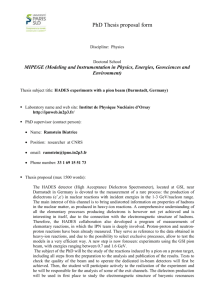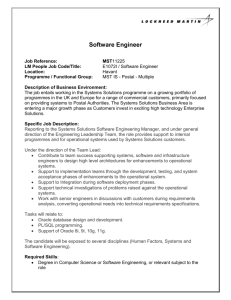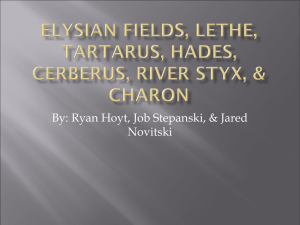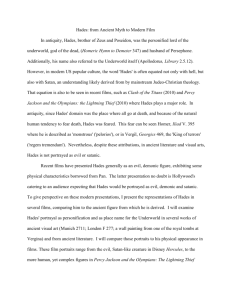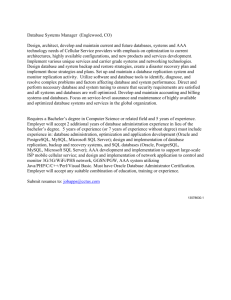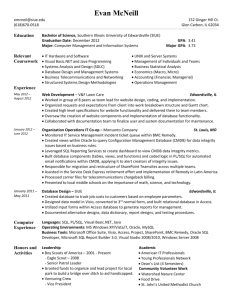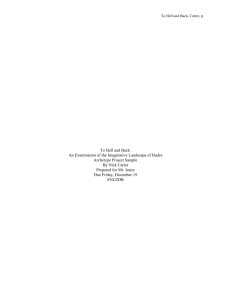Minutes of the project "GOOSY-PAW Successor"
advertisement
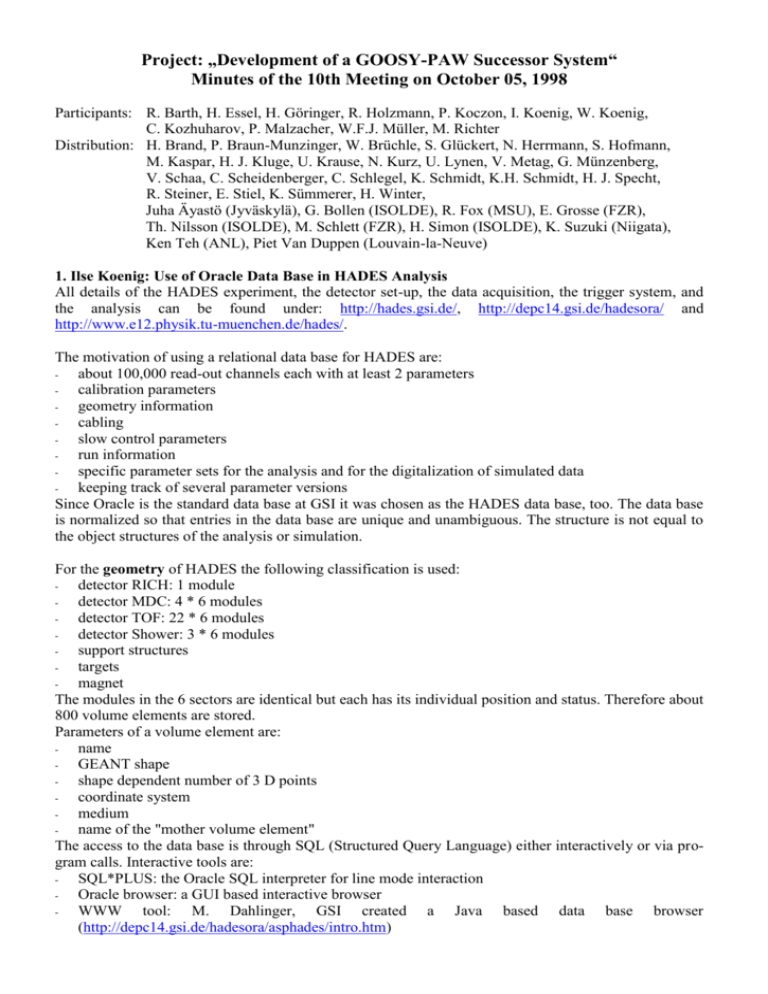
Project: „Development of a GOOSY-PAW Successor System“ Minutes of the 10th Meeting on October 05, 1998 Participants: R. Barth, H. Essel, H. Göringer, R. Holzmann, P. Koczon, I. Koenig, W. Koenig, C. Kozhuharov, P. Malzacher, W.F.J. Müller, M. Richter Distribution: H. Brand, P. Braun-Munzinger, W. Brüchle, S. Glückert, N. Herrmann, S. Hofmann, M. Kaspar, H. J. Kluge, U. Krause, N. Kurz, U. Lynen, V. Metag, G. Münzenberg, V. Schaa, C. Scheidenberger, C. Schlegel, K. Schmidt, K.H. Schmidt, H. J. Specht, R. Steiner, E. Stiel, K. Sümmerer, H. Winter, Juha Äyastö (Jyväskylä), G. Bollen (ISOLDE), R. Fox (MSU), E. Grosse (FZR), Th. Nilsson (ISOLDE), M. Schlett (FZR), H. Simon (ISOLDE), K. Suzuki (Niigata), Ken Teh (ANL), Piet Van Duppen (Louvain-la-Neuve) 1. Ilse Koenig: Use of Oracle Data Base in HADES Analysis All details of the HADES experiment, the detector set-up, the data acquisition, the trigger system, and the analysis can be found under: http://hades.gsi.de/, http://depc14.gsi.de/hadesora/ and http://www.e12.physik.tu-muenchen.de/hades/. The motivation of using a relational data base for HADES are: about 100,000 read-out channels each with at least 2 parameters calibration parameters geometry information cabling slow control parameters run information specific parameter sets for the analysis and for the digitalization of simulated data keeping track of several parameter versions Since Oracle is the standard data base at GSI it was chosen as the HADES data base, too. The data base is normalized so that entries in the data base are unique and unambiguous. The structure is not equal to the object structures of the analysis or simulation. For the geometry of HADES the following classification is used: detector RICH: 1 module detector MDC: 4 * 6 modules detector TOF: 22 * 6 modules detector Shower: 3 * 6 modules support structures targets magnet The modules in the 6 sectors are identical but each has its individual position and status. Therefore about 800 volume elements are stored. Parameters of a volume element are: name GEANT shape shape dependent number of 3 D points coordinate system medium name of the "mother volume element" The access to the data base is through SQL (Structured Query Language) either interactively or via program calls. Interactive tools are: SQL*PLUS: the Oracle SQL interpreter for line mode interaction Oracle browser: a GUI based interactive browser WWW tool: M. Dahlinger, GSI created a Java based data base browser (http://depc14.gsi.de/hadesora/asphades/intro.htm) Program calls are using either embedded SQL for pre-compilers of C or C++ or the ODBC (Open Data Base Connectivity) interface. The ODBC interface allows applications to access data in DBMS (Database management systems) using SQL. It is not bound to a specific vendor DB, because at runtime the required driver modules are dynamically loaded. Access rights are available similar to the UNIX user file system. The analysis parameters of HADES are also stored in the Oracle data base. Through the analysis based on ROOT these parameters can be stored/retrieved to/from Oracle, ROOT files, or ASCII files. This allows to work with a local copy of the parameters and provides fast I/O. ROOT or text files can be distributed easily. When a parameter set has been proven, it is stored in the Oracle DB. In ROOT the parameters are organized in a run time DB (containers) and controlled by an administrator class. A version schema allows to identify the parameter sets used to analyze a data file. Several versions of parameter sets may be valid, i.e. night and day sets. 2. Next meetings: Thursday, October 8, 1998, 14:00 K. Schmidt: Experiments at the FRS Tuesday, October 20, 1998, 09:30, Seminarraum Theorie K. Rehlich, DESY: DOOCS, an Object-Oriented Control System for TTF (TESLA Test Facility) M. Richter, H. Essel, October 5, 1998


